
FISHES: Fostering Indigenous Small‐scale fisheries for Health, Economy, and food Security
Genome Canada Large-Scale Applied Research Project Competition: Genomics and Feeding the Future (2020-2024)
How can knowledge-co-evolution processes inform inclusive fisheries co-management and enhance food security, conservation, and socio-economic development in northern Indigenous community settings? Sahtú (Great Bear Lake) plays a vital role in the local culture, food security, and economy of the Dene community of Délı̨nę and the broader Sahtú Region. The subsistence fishery from this relatively pristine Arctic lake is a dietary staple in Délı̨nę and is essential for the community's cultural and spiritual connection to the land and water. Long-term monitoring by Fisheries and Oceans Canada provides valuable stock data from the past 20 years. The Genome Canada FISHES project in Sahtú is bringing together Délı̨nę Got'ı̨nę knowledge holders and scientists to progress both Dene naowerǝ́ (knowledge) and science in support of knowledge co-evolution as a basis for planning in the context of environmental change. Knowledge interpretation and validation with the Délı̨nę Ɂekwę́ hé Łúé hé (Caribou and Fish) Working Group will ensure the project remains locally relevant and culturally appropriate.
The FISHES project in Délı̨nę is part of a nation-wide project to develop and apply genomic approaches in concert with Indigenous knowledge to address critical challenges and opportunities related to food security and commercial, recreational and subsistence fisheries of northern Indigenous Peoples in Canada (Inuit, Cree and Dené communities). The project will develop genomic resources for six species important to northern communities and use these resources to identify genetically distinct populations, assess their vulnerability to future climatic conditions, quantify their contributions to mixed‐population harvests, and measure the contribution of fish from developing hatchery programs to subsistence harvests. FISHES will support the co‐generation of knowledge to foster the development and co‐management of sustainable fisheries and will also contribute to our ability to forecast the response of key fisheries to rapid global and socio‐economic changes in northern Indigenous communities.
Learn more at the project website.
FISHES Project Feature in IAGLR’s 64th Conference on Great Lakes Research
The FISHES project was featured in the International Association for Great Lakes Research (IAGLR) 64th Conference on Great Lakes Research (May 17-21, 2021). Délı̨nę community research partner and Elder’s Council representative, Walter Bezha, co-presented with Grace Martin on the FISHES project in Sahtú as part of the session on bridging knowledge systems between Indigenous and non-Indigenous communities.
The theme of the conference this year was “Bridging: Knowledges • Seven Generations • Land to Lake“. “This theme evokes our goal of connection. Today we see an urgent need for people to connect across divides of race, culture, and political viewpoint, as well as across scientific disciplines and levels of scientific literacy.”
See the IAGLR conference presentation here.
FISHES Team Members
- Walter Bezha
- Edward Reeves
- Deborah Simmons
- Stephan Schott
- Grace Martin
- Johann Strube
- Louise Chavarie
- Joshua Shaw
- Kimberly Howland
- Yamin Janjua
- Délı̨nę Ɂekwę́ hé Łúé hé Working Group
Past Team Members






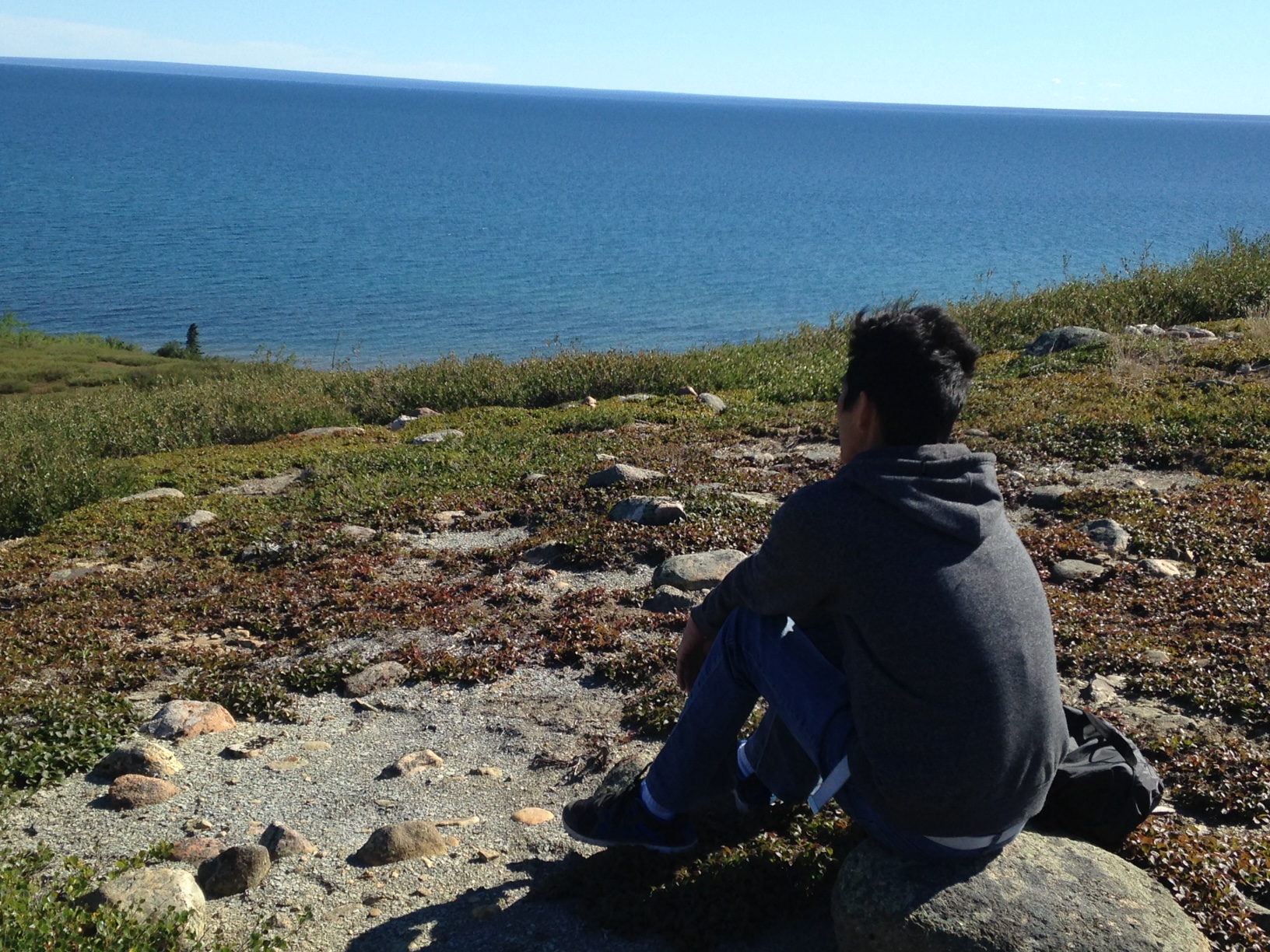

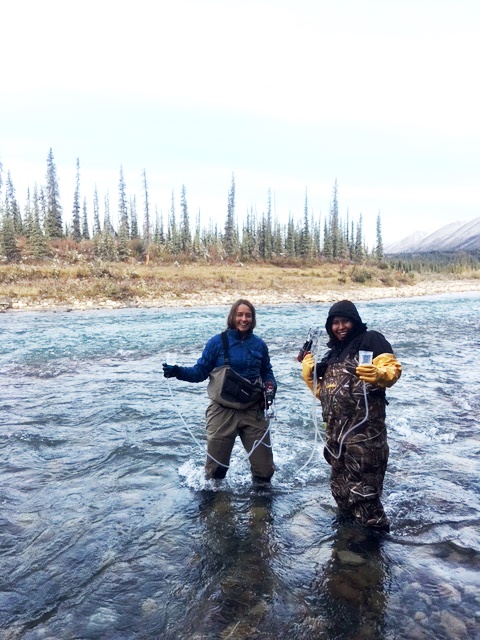
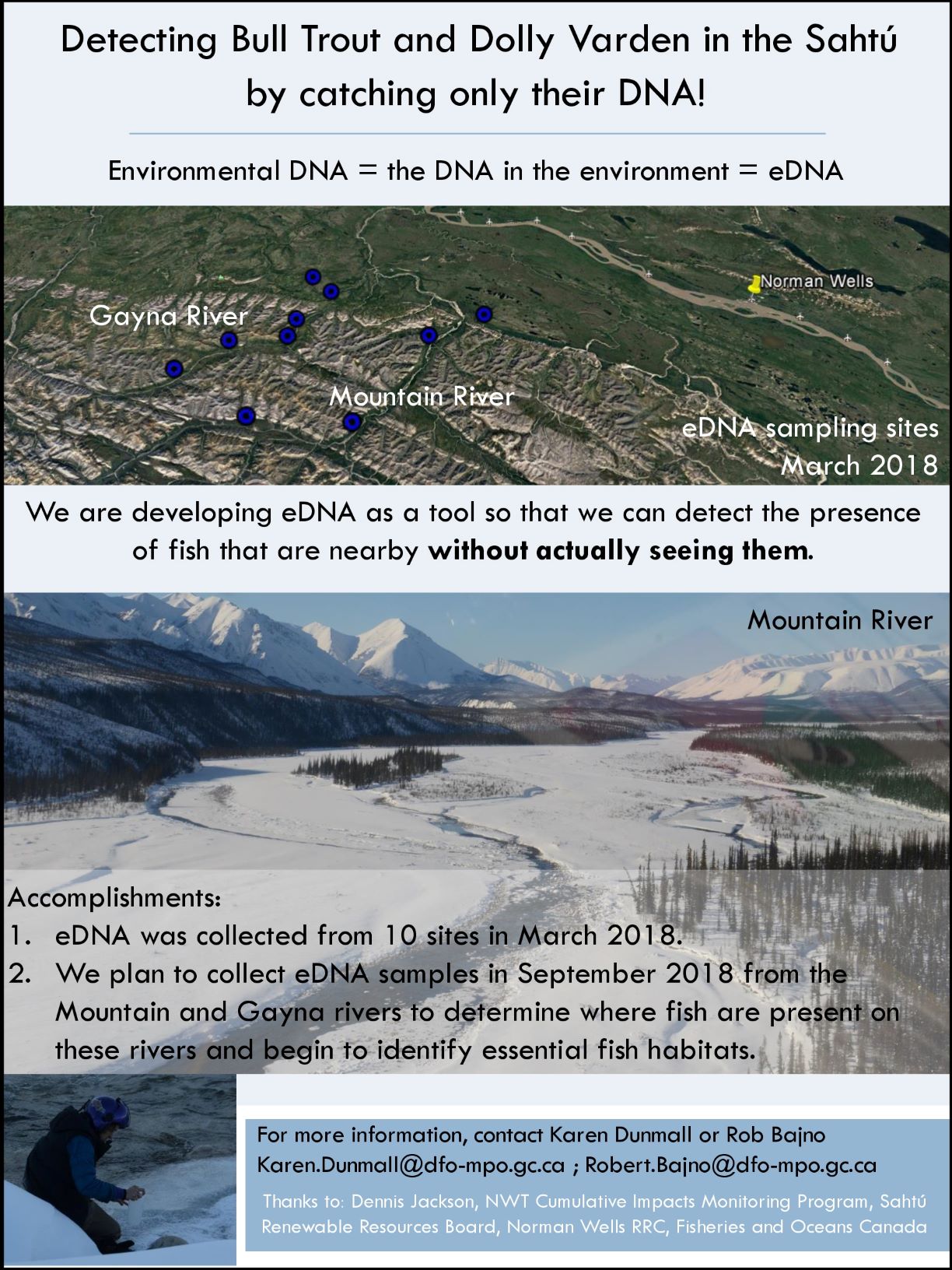
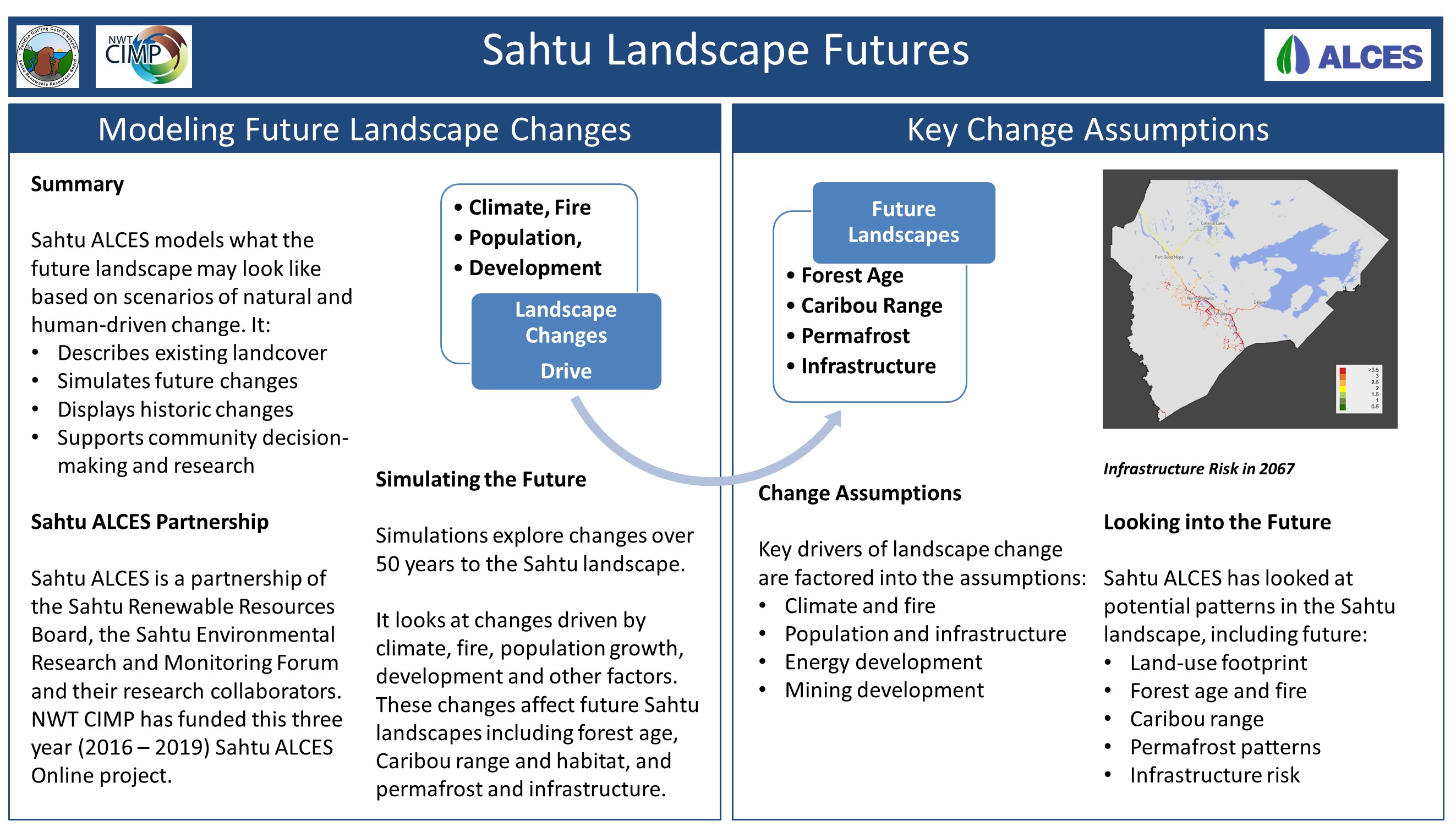
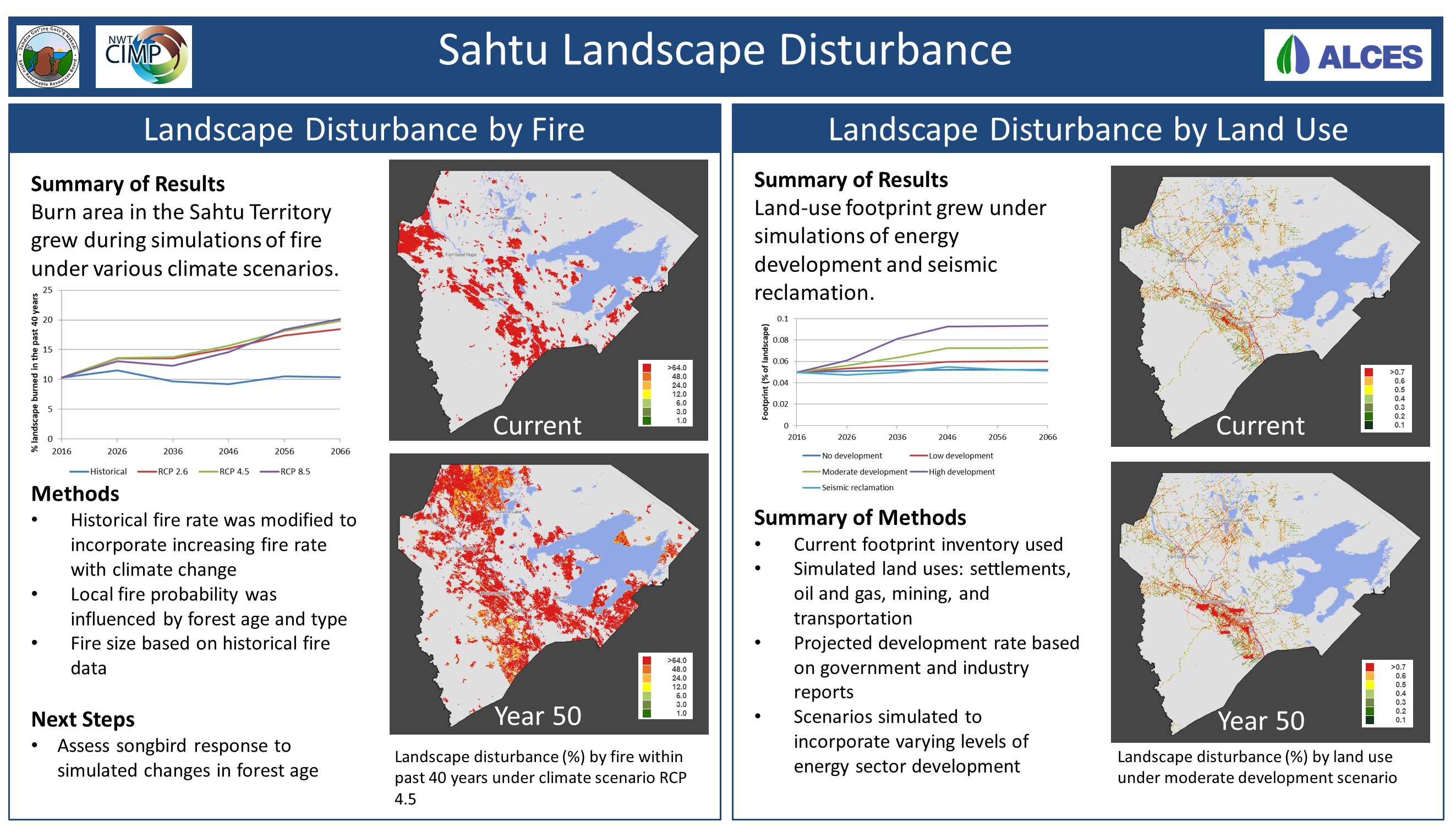
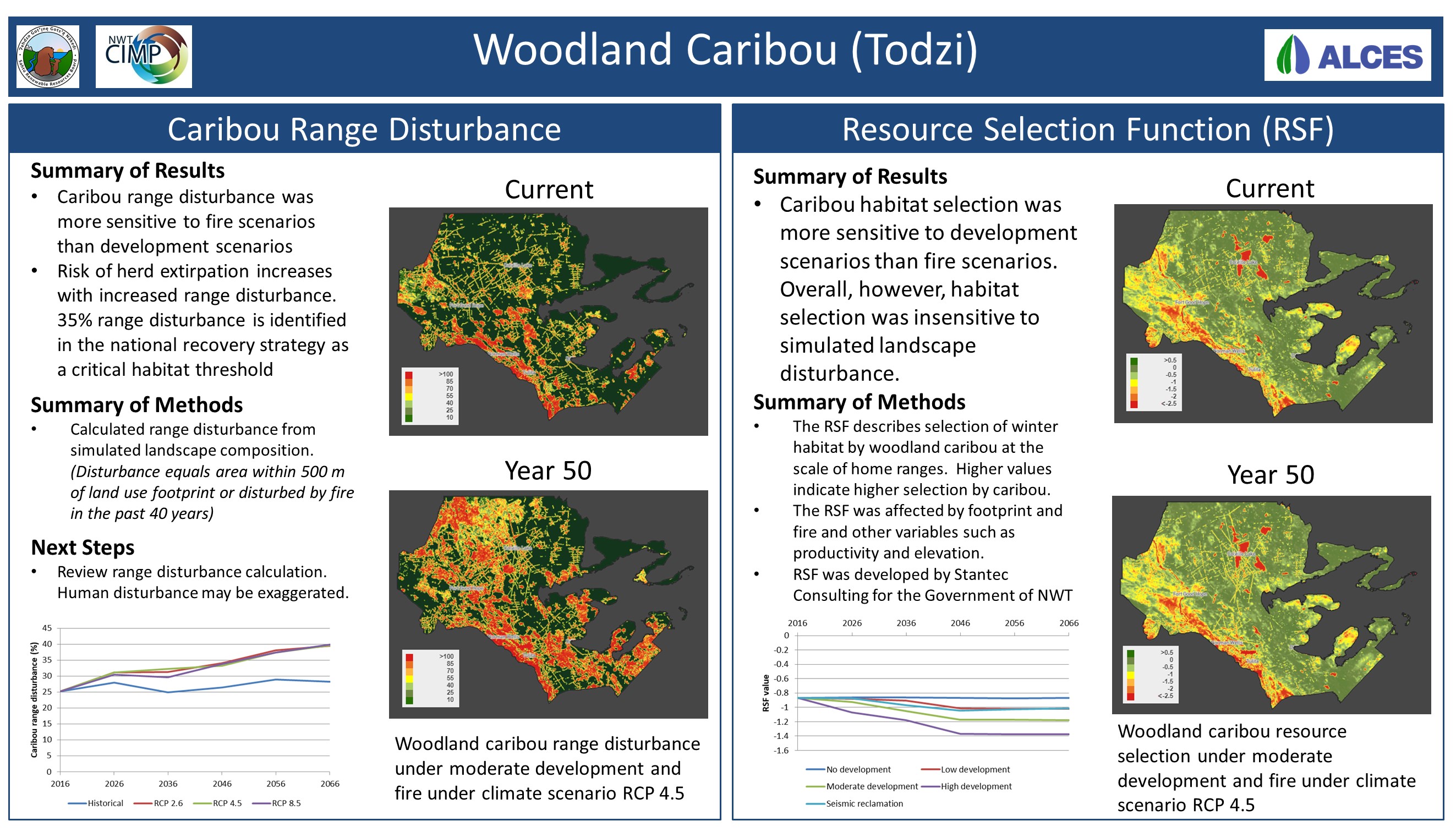
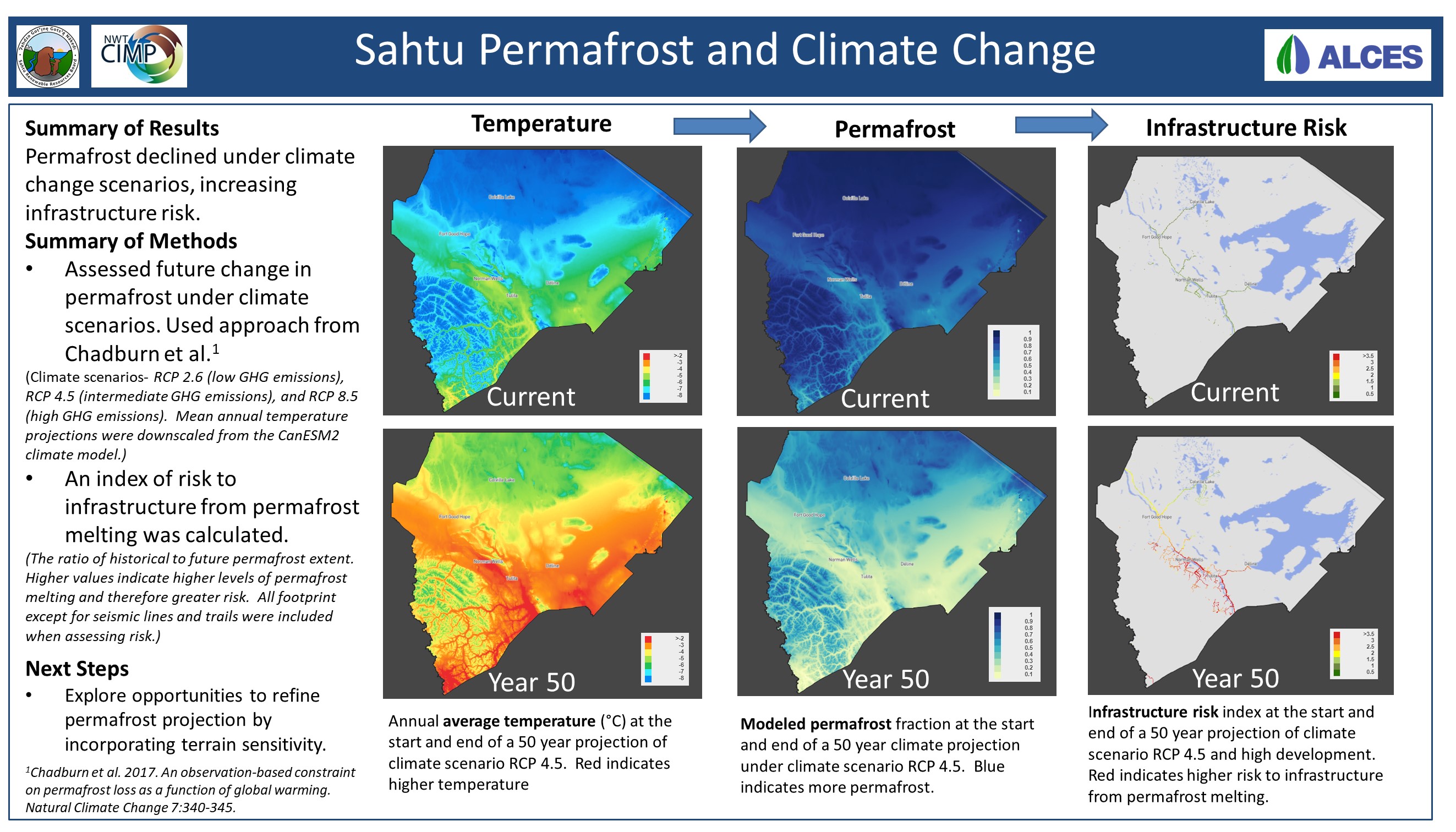
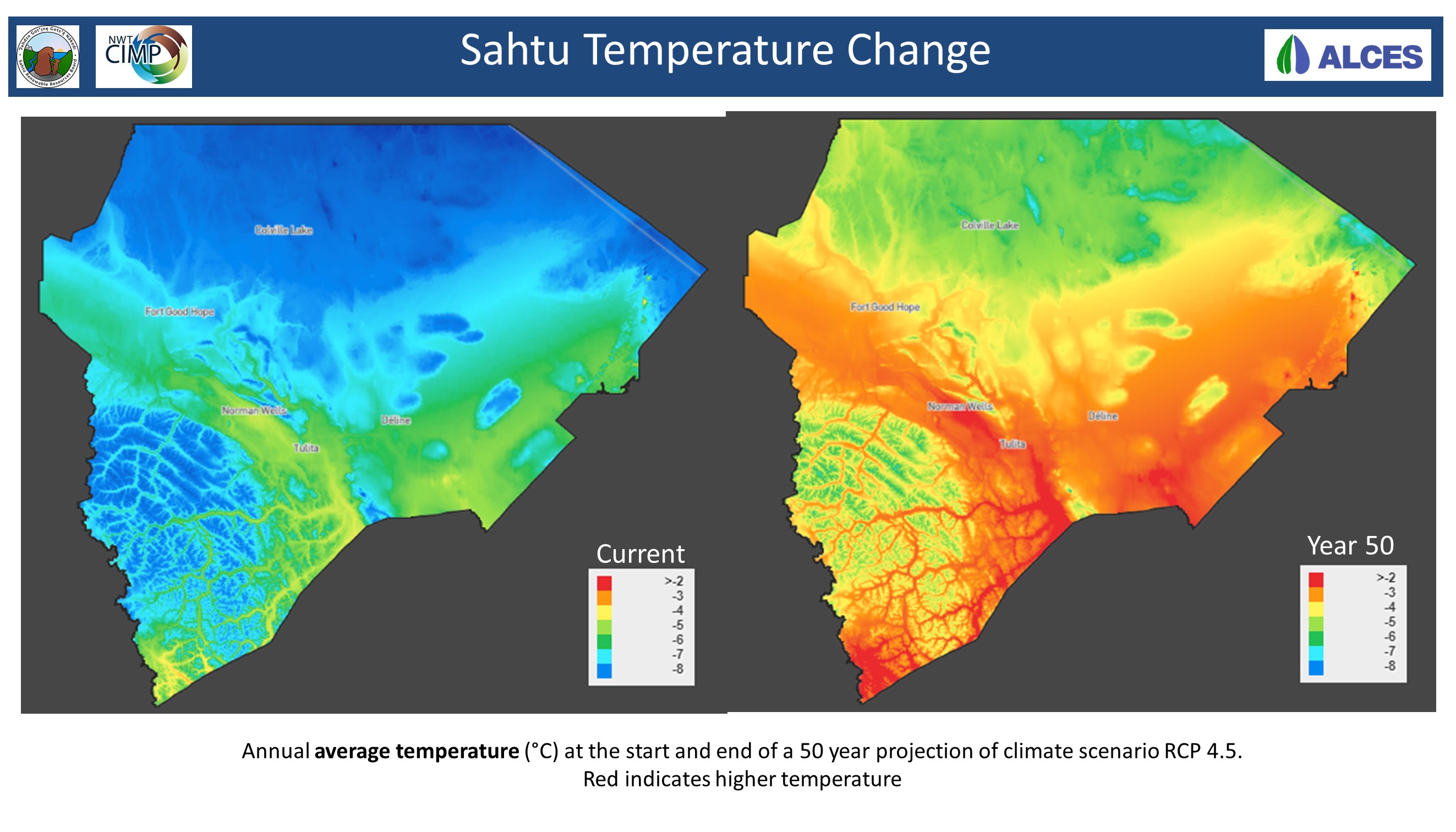
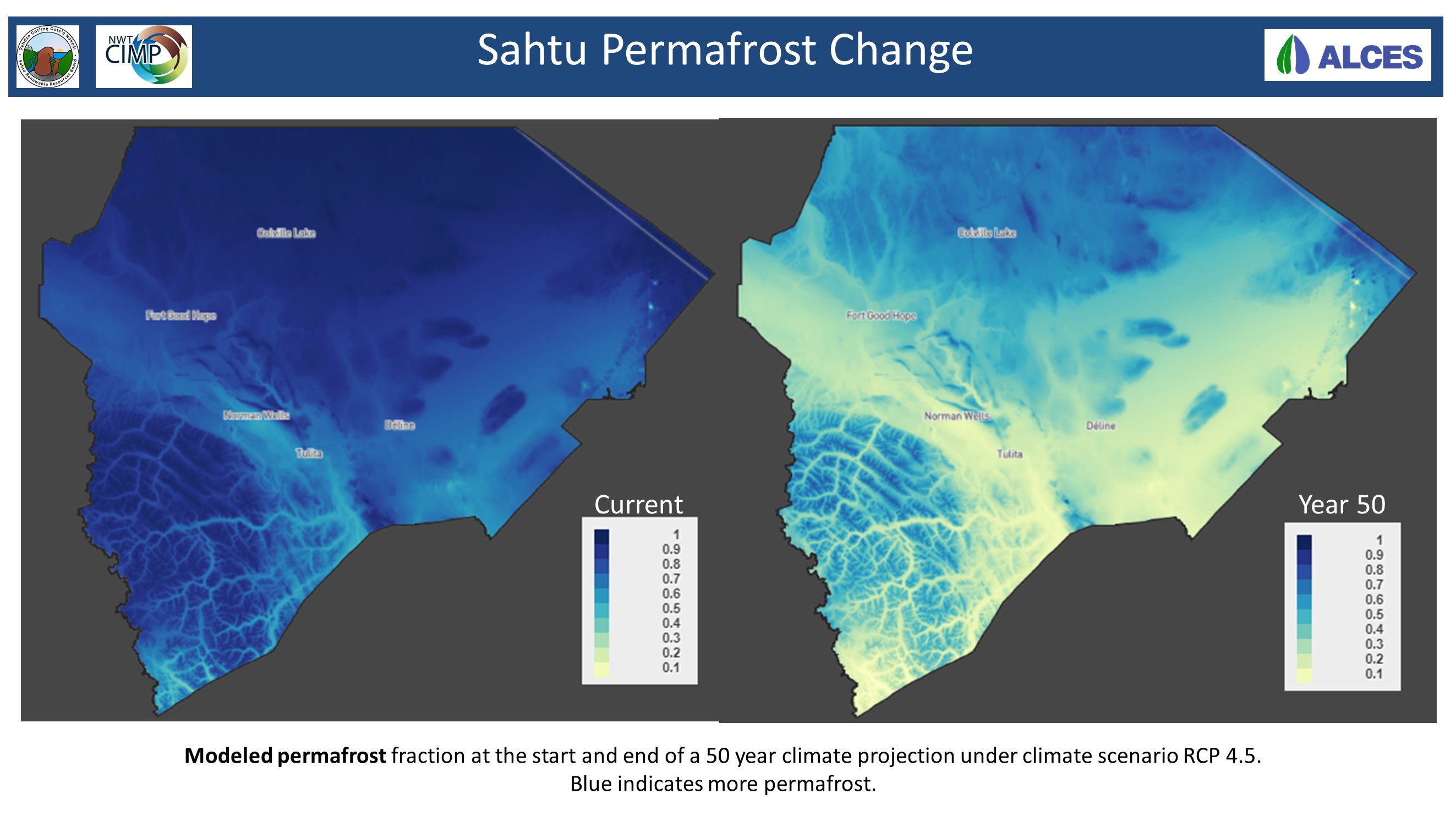
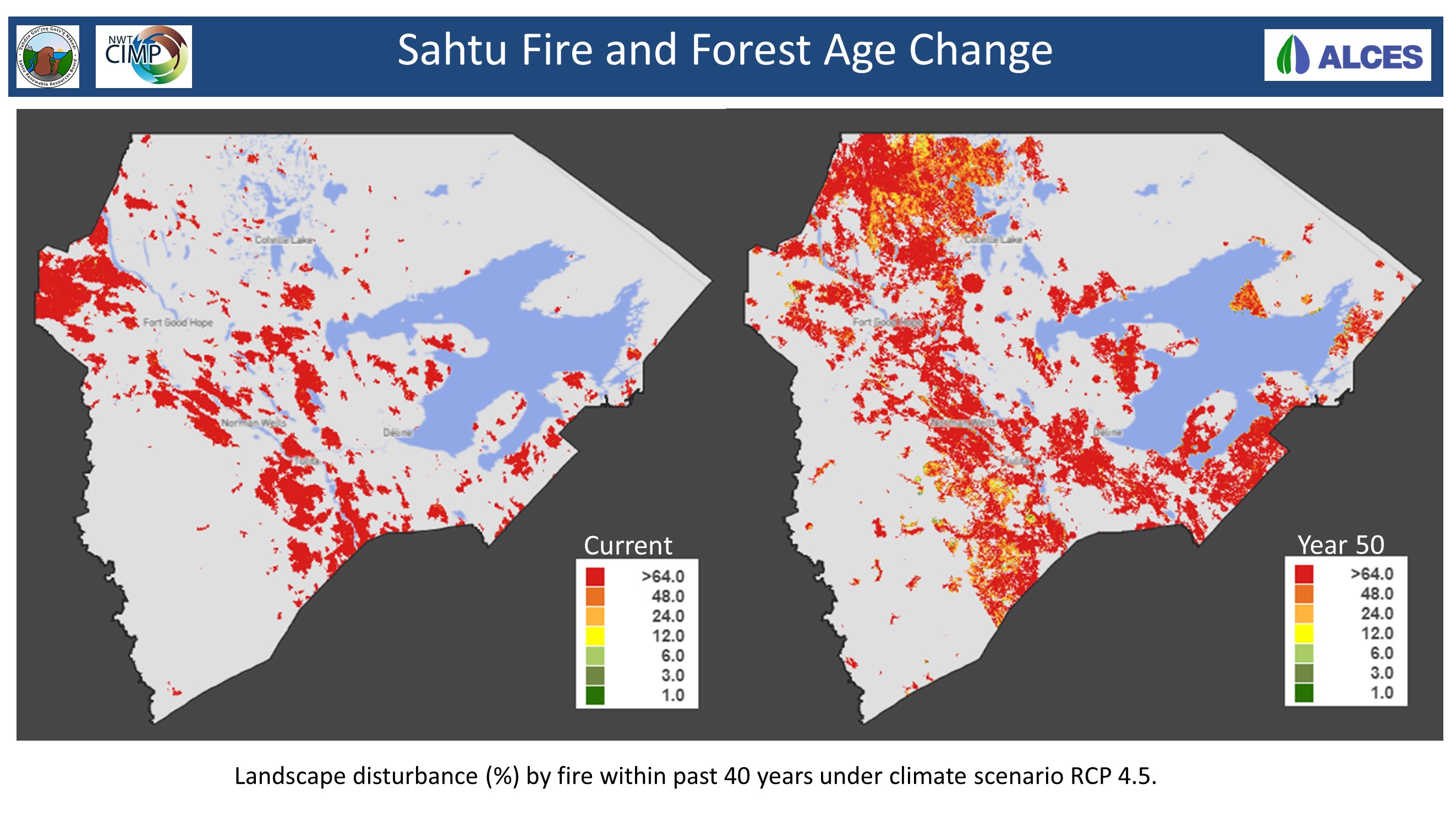
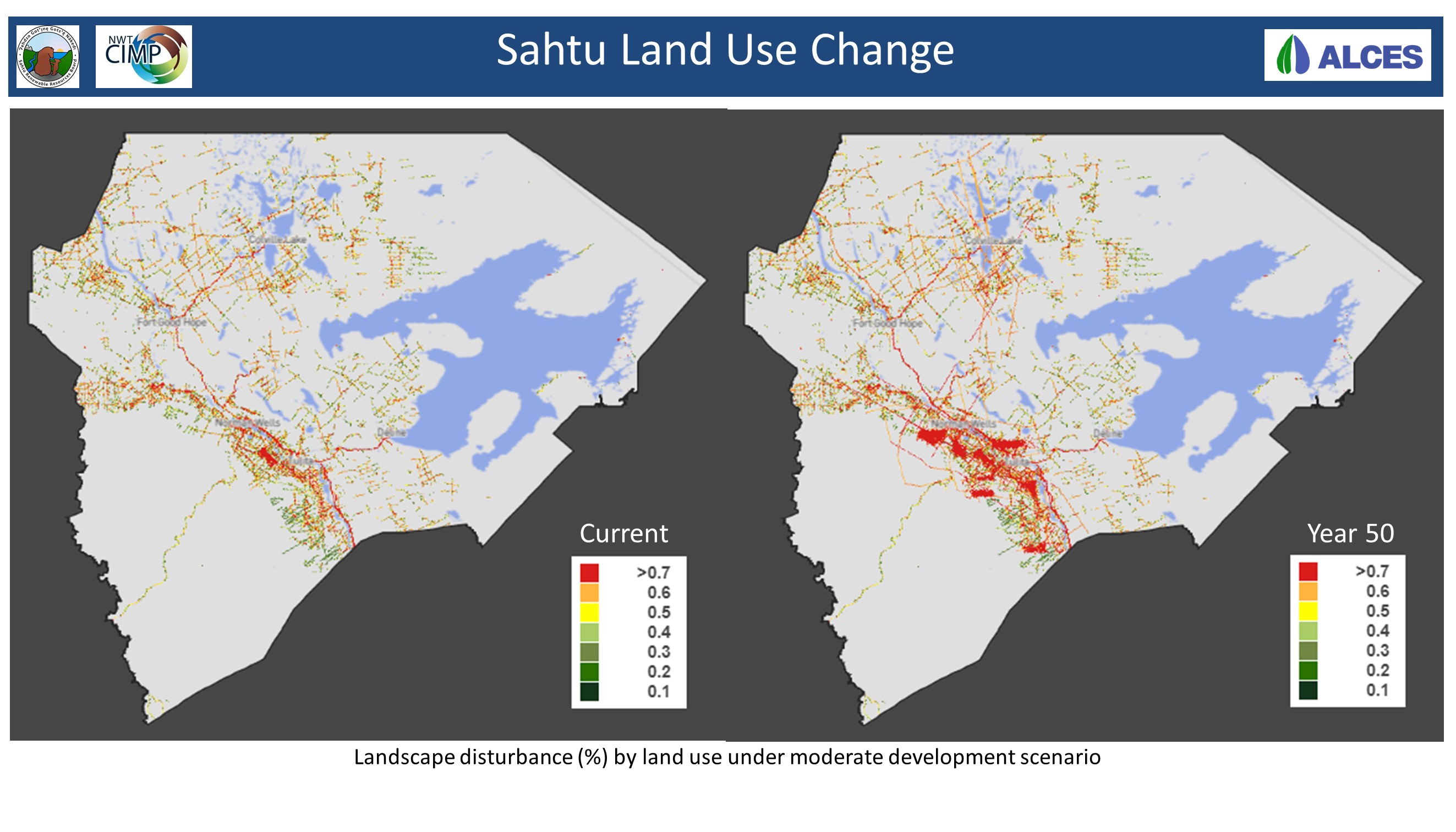
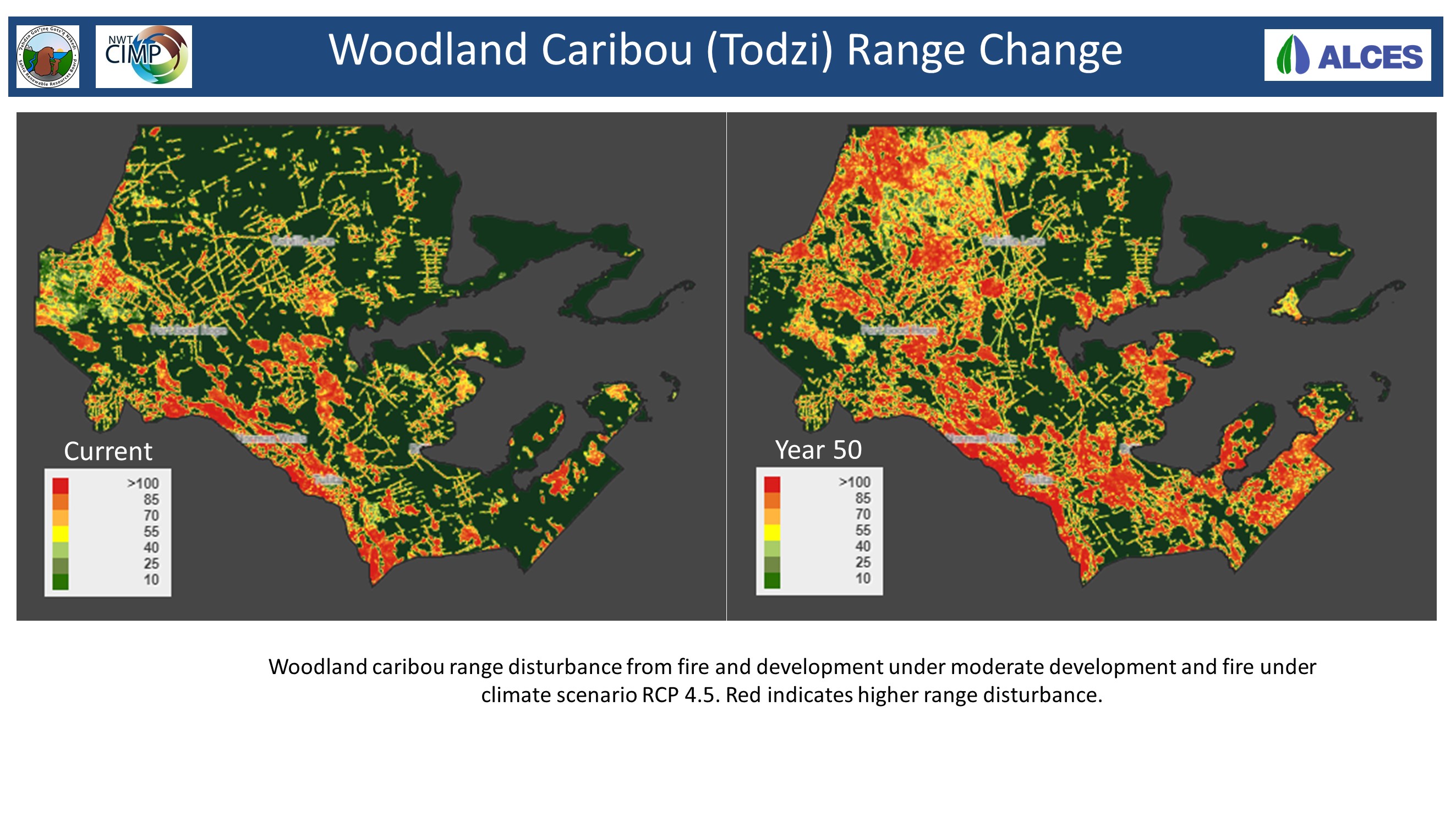
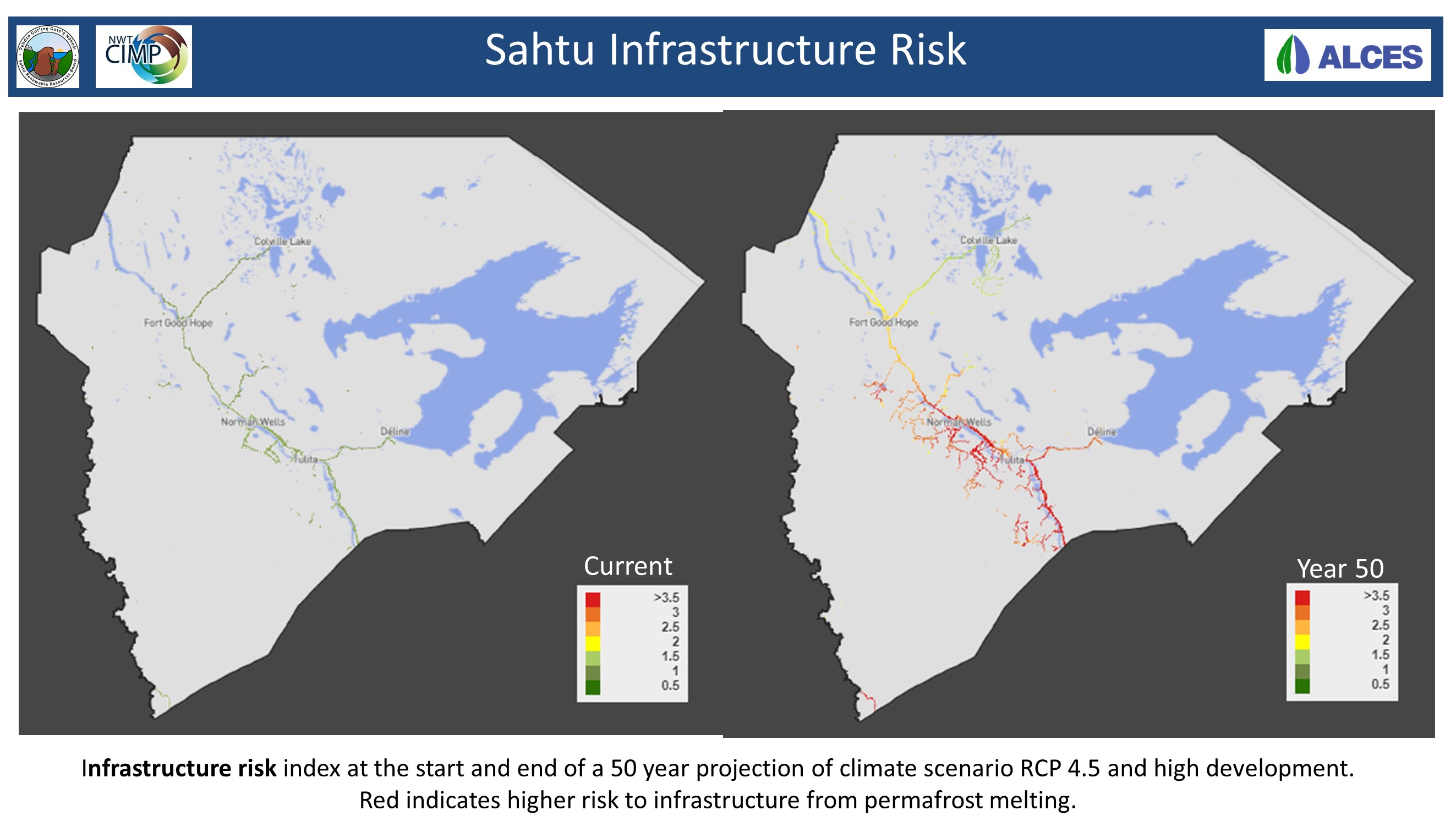
 Phone: 867-374-4040
Phone: 867-374-4040 Email:
Email: